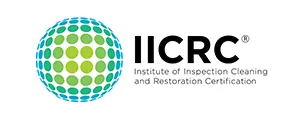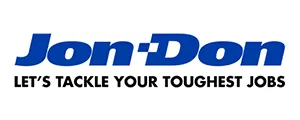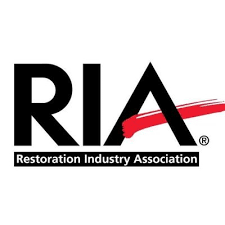Mold Remediation Services
Lake Saint Louis, MO
24/7 Emergency Services
IICRC-Certified Restoration Specialists
Insurance Claim Assistance
Request Appointment
Hero Request Form
Thank you for contacting us.
We will get back to you as soon as possible.
Please try again later.
Expert Mold Remediation Services in Lake Saint Louis
Fast Restoration provides professional mold remediation services to Lake Saint Louis, MO and surrounding areas. Our experienced team is dedicated to eliminating mold issues and restoring your property to a safe, healthy environment. We offer:
- Comprehensive mold inspections
- Advanced remediation techniques
- Moisture source identification
- Thorough cleaning and sanitization
- Preventative measures implementation
Don't let mold compromise your health or property. Contact Fast Restoration for expert assistance today.
Protect Your Home and Health with Mold Remediation
Mold can pose serious risks to both your property and well-being. Fast Restoration's mold remediation services address these concerns head-on, providing comprehensive solutions tailored to your specific situation. Our approach includes:
- Thorough mold assessment
- Customized remediation plans
- State-of-the-art equipment usage
- EPA-approved cleaning agents
- Post-remediation testing
Ensure your property is mold-free and safe. Reach out to Fast Restoration for professional mold remediation services.
Fast Restoration: Your Trusted Mold Remediation Partner
When you choose Fast Restoration for mold remediation, you're selecting a team committed to excellence and customer satisfaction. We pride ourselves on delivering prompt, professional services backed by over 15 years of experience. Our clients benefit from:
- 24/7 emergency response
- Same-day consultations
- Free in-home assessments
- Direct insurance billing
- IICRC-certified technicians
- Locally owned and operated
Experience the difference of working with a dedicated mold remediation team. Contact Fast Restoration to schedule your consultation.
Take Action Against Mold - Contact Fast Restoration Now
Don't let mold issues linger and potentially worsen. Fast Restoration is ready to provide the expert mold remediation services you need. Our team is available 24/7 to address your concerns and begin the process of restoring your property to a safe, healthy state. Reach out to us today and take the first step towards a mold-free environment.
- Bullet text
- Bullet text
- Bullet text
- Bullet text
- Bullet text
- Bullet text
- Bullet text
- Bullet text
- Bullet text
- Bullet text
What is mold remediation?
Mold remediation is the process of identifying, containing, removing, and treating mold-contaminated areas to prevent further growth and restore healthy indoor air quality.
What causes mold growth?
Mold thrives in damp, humid environments. Common causes include:
- Water leaks or flooding
- Poor ventilation
- High indoor humidity
- Condensation on walls or windows
Is mold dangerous to my health?
Yes. Mold exposure can cause allergic reactions, respiratory issues, skin irritation, and other health problems—especially for individuals with asthma, allergies, or weakened immune systems.
Gallery Heading H2
Reviews
Related Services
Call us today to make your referral!







